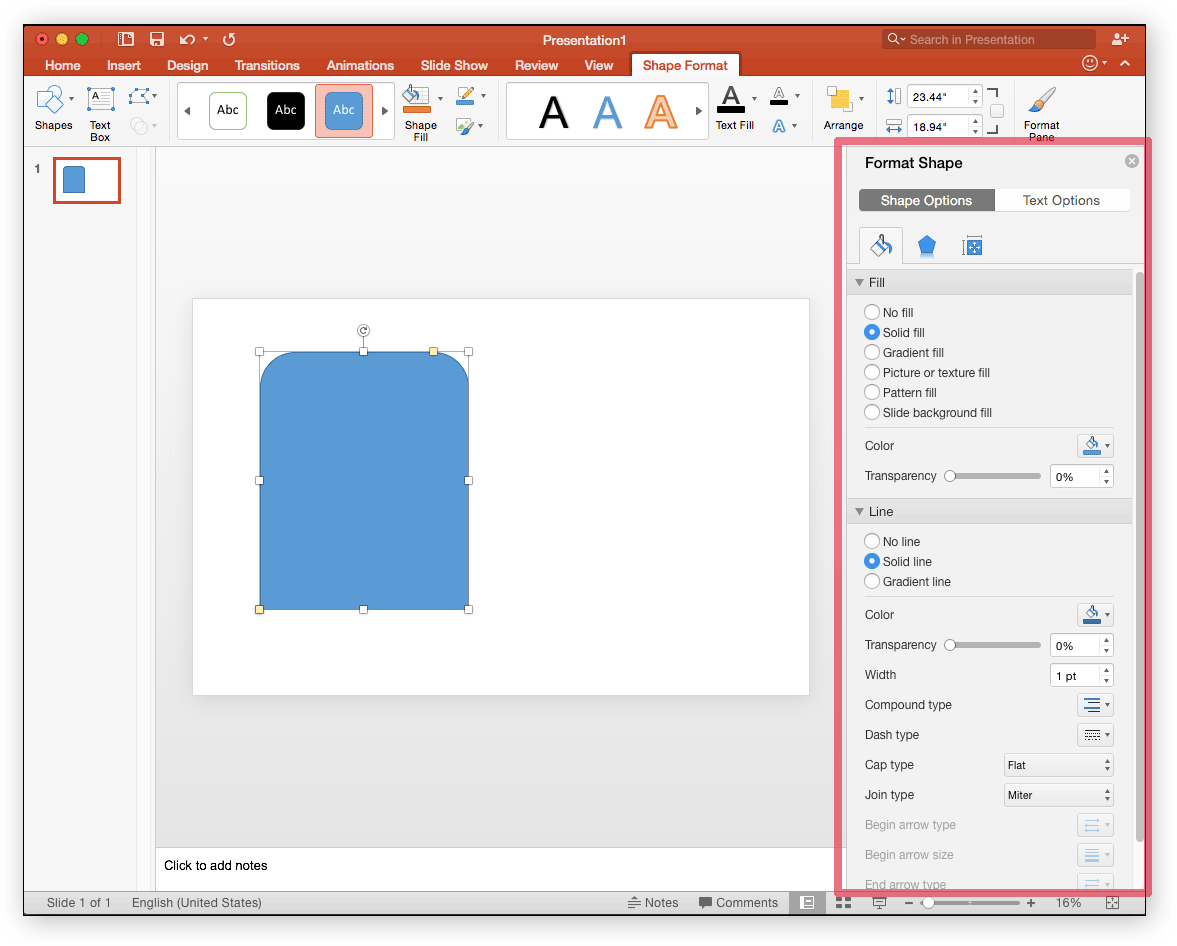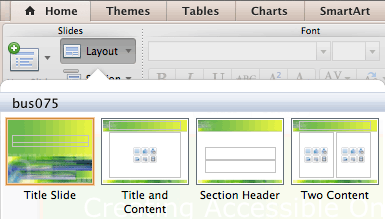
- COPY TABLE FROM WORD TO POWERPOINT 2011 FOR MAC FOR MAC
- COPY TABLE FROM WORD TO POWERPOINT 2011 FOR MAC WINDOWS
You can customize the Ribbon somewhat by deleting tabs or groups you don't want and reordering the rest. For example, formatting features that were previously located in a floating palette are now at the top of the window, which makes them much easier to find and use. The Ribbon, also located beneath the Toolbars, takes the commands people tend to use most often and groups them logically into a sort of fat, intelligently constructed toolbar.
COPY TABLE FROM WORD TO POWERPOINT 2011 FOR MAC WINDOWS
The new suite takes the idea further, adopting a Ribbon similar to the one in Windows Office. While the gallery did bring some commands to the surface, they usually were not the ones users needed most often. In 2008, the company added the Elements Gallery, a row of tabs beneath the Toolbars that that was supposed to make it easier for users to find hidden features. The other change you'll notice right away is that Microsoft has tweaked the interface yet again. That may not sound like much, but in a world where studies show that people won't wait more than four seconds for a Web page to load, the difference is significant.

Similarly, Word 2011 loaded a 5,700-word document in three seconds compared to six for Word 2008. The Office 2008 apps, in contrast, take six or seven seconds each to start up. Over several runs, for each component - Word, Excel and PowerPoint - it took only three or four seconds (with the Document Gallery turned off) to go from clicking the icon in the Dock to presenting a new blank document. (I tested using a MacBook with a 2.16-GHz Core 2 Duo chip and 3GB of RAM.) But in testing, the new version proves to be about twice as fast at starting up and loading documents than the 2008 edition. As a writer, I've found myself turning more often to alternative word processors in the past couple of years, such as ]'s Pages, because I've been so annoyed at having to wait for Word to do something - anything.

COPY TABLE FROM WORD TO POWERPOINT 2011 FOR MAC FOR MAC
Start with the fact that Office for Mac 2011 is much snappier than its predecessor. Both versions also include Microsoft Document Connection for managing files on Microsoft's cloud service, SkyDrive, and Remote Desktop Connection for working with files remotely.

The Home & Student Edition ($150) includes Word, Excel and PowerPoint, while the Home & Business Edition ($280) adds Outlook, replacing the Entourage client that had been in previous Mac Office editions. Office for Mac 2011 comes in two versions. However, this version also feels - dare I say it - sleek, with new features that actually make you think, "That's pretty cool." That's right: I really did just call ] Office for Mac "pretty cool." I could call Office for Mac 2011 a hybrid because it's got a bunch of online options to complement its core desktop functions. All you need to do is make sure you place the insertion point somewhere within the table before running it.When I reviewed Microsoft Office for Mac 2008, I said the then-new version of the suite was "kind of like getting a new Chevy." In other words, it was a solid upgrade, but nothing to really get excited about. The macro shades an entire table based on the shading used in the first cell of the first row of the table. MsgBox "Put the insertion point in a table" Shading.ForegroundPatternColor = foreColor Shading.BackgroundPatternColor = backColor Cell(1, 1).Shading.ForegroundPatternColor Cell(1, 1).Shading.BackgroundPatternColorįoreColor =. If Selection.Information(wdWithInTable) ThenīackColor =. If you need to do this quite a bit with a number of tables or in a number of documents, you may want to consider using a macro to do the shading. The shading is repeated on the selected cells. Your desired color is applied to the selected rows.Īfter you apply the desired color, if you want to apply it elsewhere (perhaps in another table or in some cells you missed), all you need to do is select the cells and press F4.



 0 kommentar(er)
0 kommentar(er)
